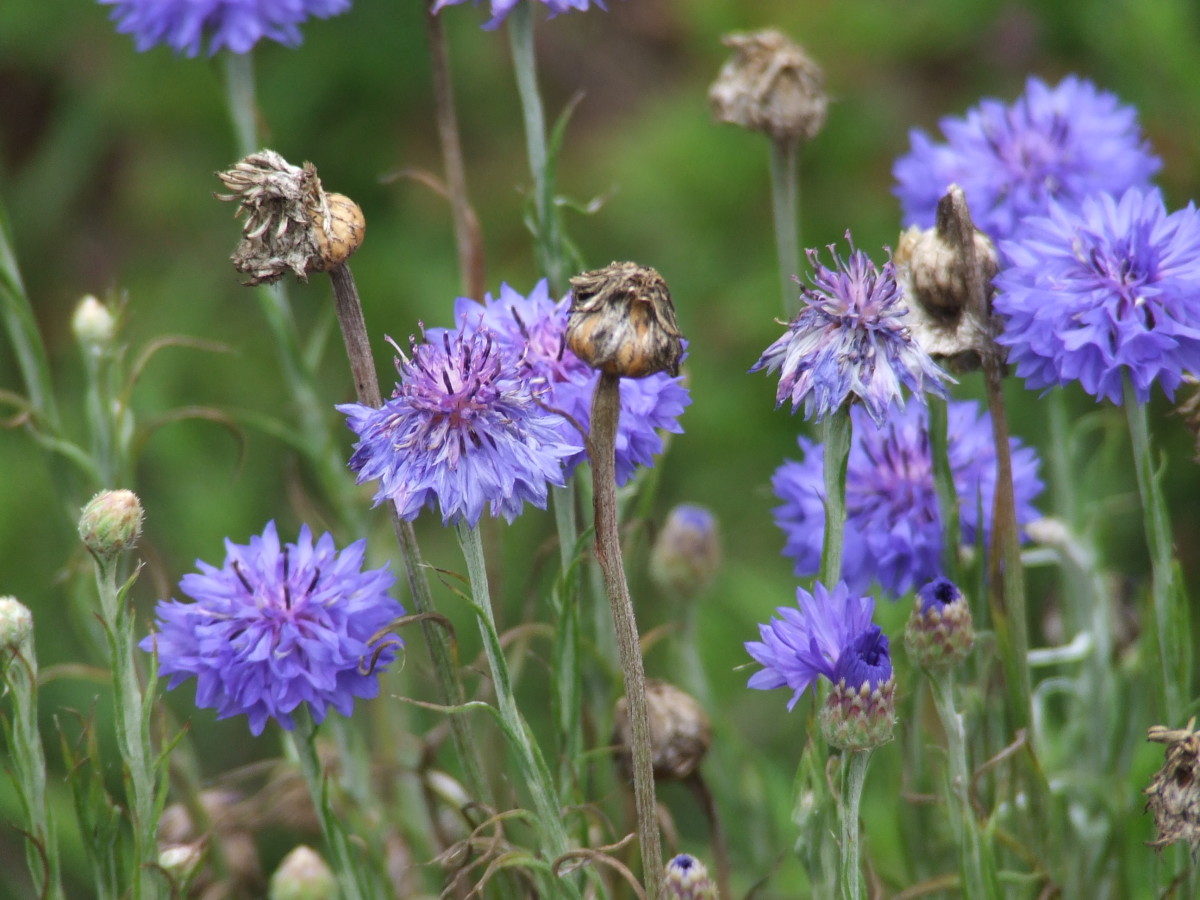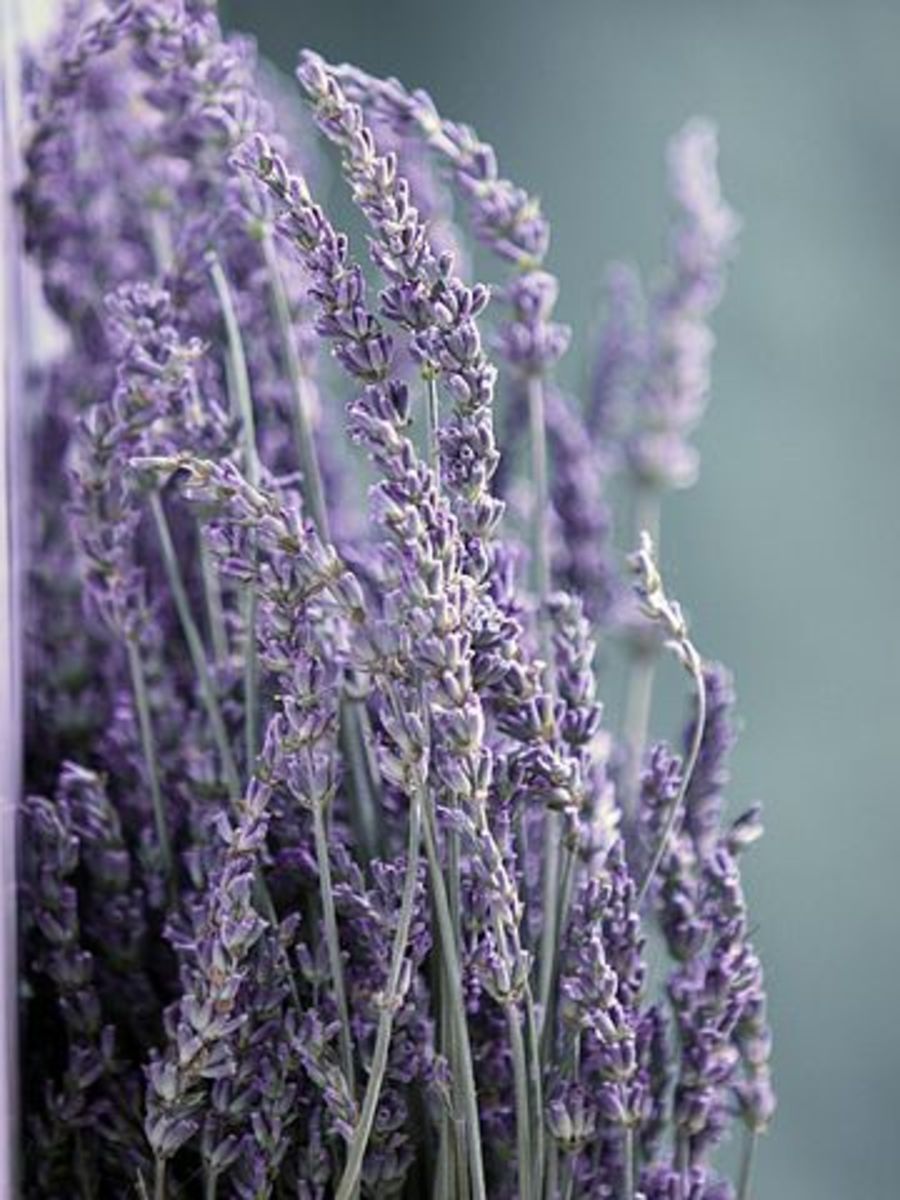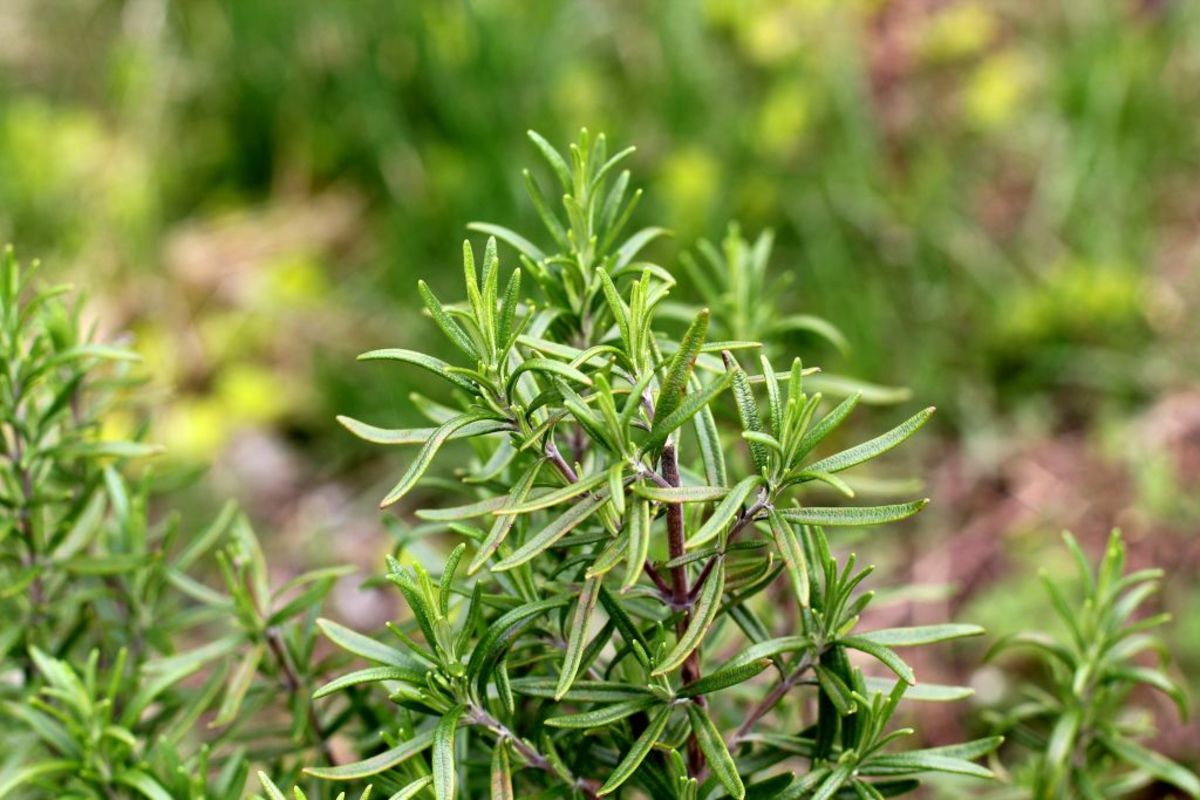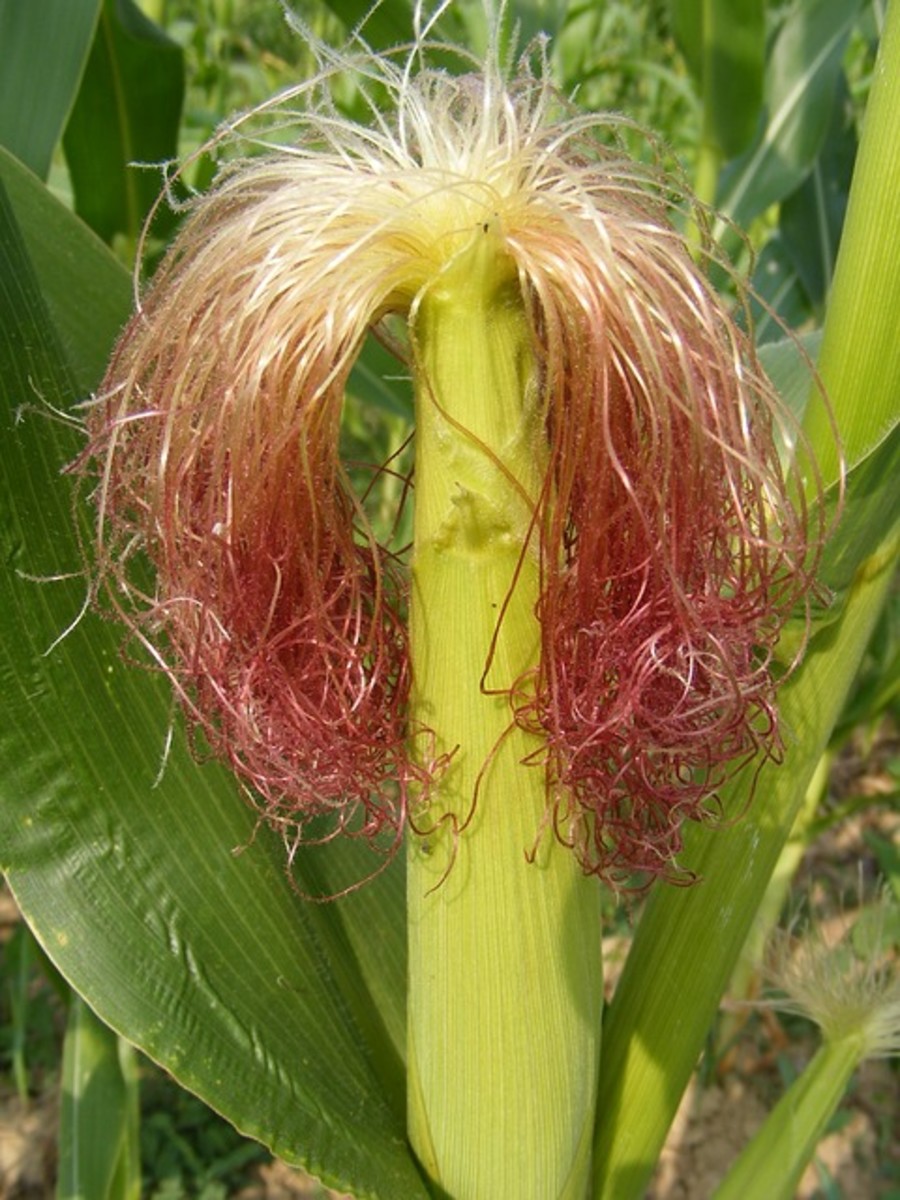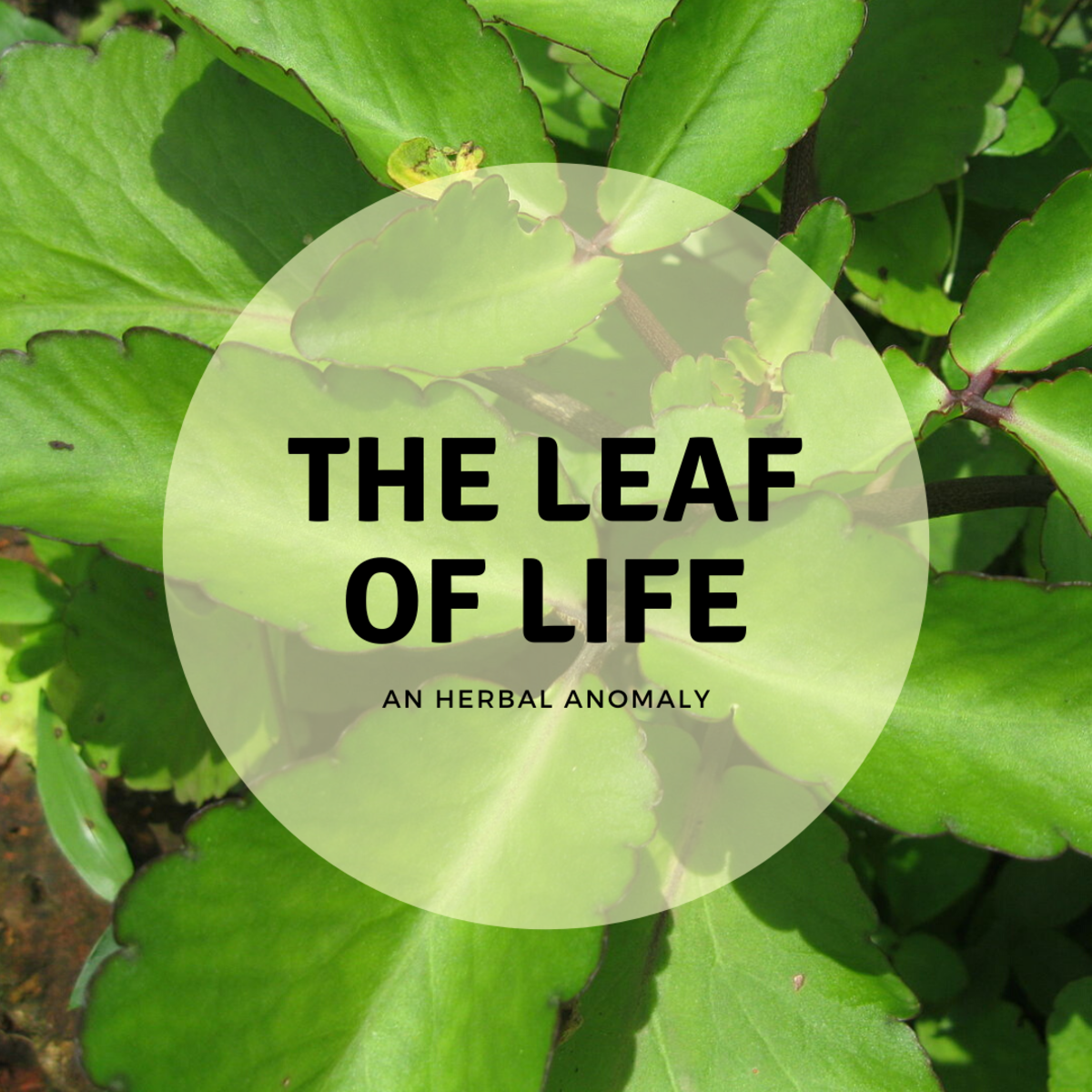How to use Common Herbs in Healing
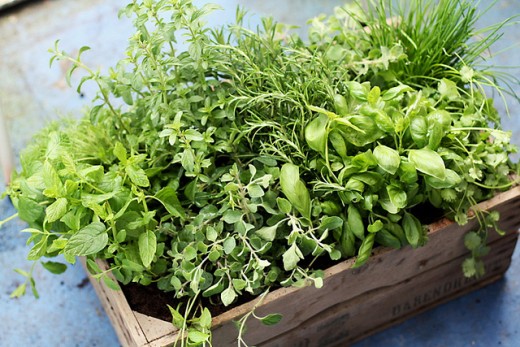
Herbs and plants have been used throughout history all over the world to enhance health and heal illness and disease. In many places the introduction of conventional medicine has led to less people using herbal remedies and to beliefs that they do not work as well as prescribed medications or even that they do not work at all.
In recent times interest in herbal and other alternative systems of medicine and healing has been growing as people search for ways to maintain good health and recover from illness without the many side effects prescription medication can have.
Herbal remedies do not need to have difficult to source ingredients or require complicated preparation in order to be beneficial. Many commonly known herbs have healing properties and can be bought easily or grown at home. Many herbs can be grown in pots either outside or on a warm windowsill so even if you don't have a garden you should be able to grow them successful if you wish. Health benefits can often be gained purely by including herbs in food though in some cases it may be easier or required that specific remedies such as tinctures are prepared.
Although herbs are natural they are not always safe to use in all applications or circumstances. Some herbs are unsafe for people with certain medical conditions or in specific periods of life. For example a herb maybe unsafe for babies, pregnant or breastfeeding women or people with conditions such as epilepsy or depression. Herbs can also interact with over the counter or prescription medications. It is important to check with trained medical or herbal practitioners in these cases.
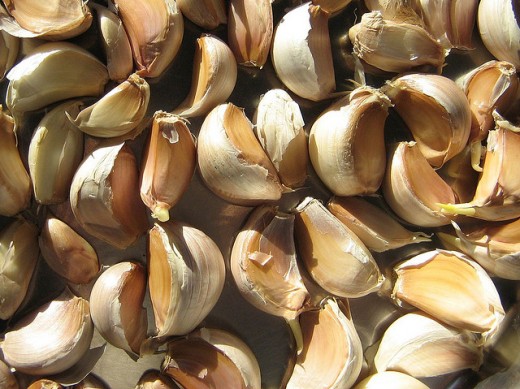
How to Make an Infusion
Place 1 heaped tsp of dried caraway seeds into a mug and cover with boiling water. Allow to seep for 5 minutes then strain saving the liquid. For children the infused water should be diluted as follows:
For children aged 1-2 years dilute 10ml (2 tsp) of infusion with 100ml (3 1/2fl oz) of warm water.
For children aged 3 - 5 dilute 20ml (4 tsp) of infusion with 100ml (3 1/2fl oz) of warm water.
Garlic (Allium sativum)
Garlic can be bought in most supermarkets and comes in various forms including fresh, dried and powdered and frozen. It is thought to have been used as a medicinal herb for around 5,000 years and has many uses which include keeping the heart healthy, lowering blood cholesterol and in treating colds and infections.
Using garlic has many advantages such as it's antibiotic, expectorant, hypotensive, anti-thrombotic, hypoglycemic and antihistaminic properties. It also contains vitamins A, B, C and E and selenium. Garlic can be used in many ways depending on a person's needs.
Juice - take 5ml (1 tsp) twice a day mixed with water or honey to fight infections.
Fresh - garlic can be added fresh to salads or eaten in cooked dishes. Both will help to improve the cardiovascular system and lower cholesterol as well as fighting off colds and flu. It is best not to eat more than 2 - 3 cloves a day as garlic can cause stomach irritation in some people.
Tincture - take 2 - 4ml (approximately 1/2 - 1tsp) mixed with water up to three times a day for fungal infections or respiratory disorders.
Garlic can also be taken in capsule form to help prevent colds and flu, reduce blood pressure and boost the immune system. Using capsules also eliminates any worries about the strong smell of garlic.
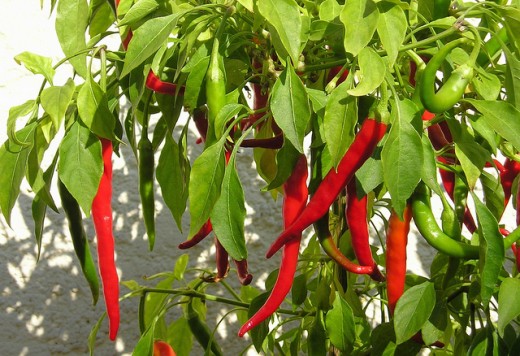
Cayenne pepper (Capsicum annuum)
This pepper is widely used in cooking to add a spicy flavour to dishes but also has many health benefits. It contains vitamins A, B1 and C and can be used to stimulate the circulatory and digestive systems and has carminative, antibacterial and antiseptic properties.
Cayenne pepper has long been valued for its health giving abilities and the fact that it has pain-relieving properties. This is due to the fact that it contains a substance known as capsaicin.
Like garlic, cayenne can cause stomach irritation in some and so should not be taken in large quantities. When preparing cayenne care should be taken to wash hands thoroughly or to use gloves as the oils can irritate the eyes and other sensitive areas if touched later.
Tincture - Apply 4 - 6 drops to a cotton wool ball and place on a aching tooth.
Take 1ml in a cup of warm water as a circulatory or digestive stimulate.
Use 5 - 10 drops in half a glass of warm water as 5 gargle for sore throats. Alternatively a pinch of cayenne power can be used in the same way.
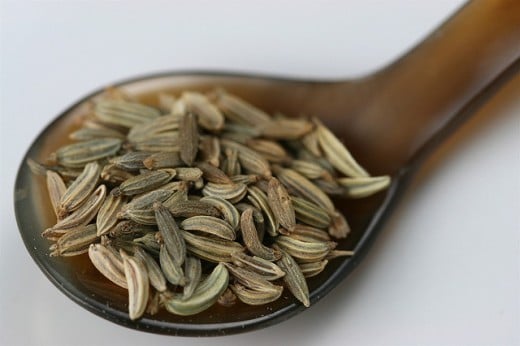
Caraway (Carum carvi)
Caraway oil is sometimes used in commercially produced toiletries such as toothpastes and mouthwashes as well flavouring for foods. It is related to anise and fennel and shares their ability to ease digestive disorders and colic or trapped wind. This herb is also a useful galactagogue and can be used to increase milk production when breastfeeding.
Care should be taken when using caraway essential oil as it can cause skin irritation.
Infusion - This tea can be drunk by adults and children to ease the symptoms of wind and colic.
To increase breast milk supply drink 1 - 3 cups a day. Drinking this tea while breastfeeding may also help to relieve wind and colic symptoms in the baby.
Tincture - Take 3 - 5ml (1/2 - 1 tsp) up to three times a day to increase appetite.
Essential oil - Mix 5 drops of essential oil with 5ml (1tsp) of almond oil and use as a chest rub for mucus producing coughs and bronchitis.
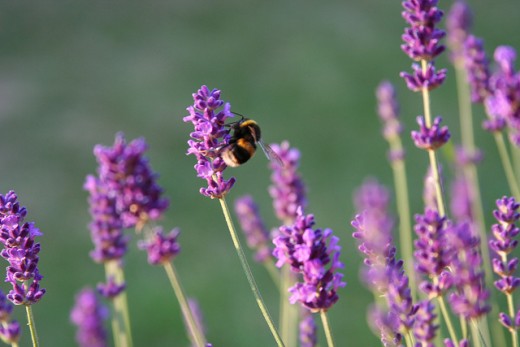
How to Make a Tincture
1. Chop herbs finely and place in a a sterilised jar.
2. Pour over enough vodka to completely cover the herbs. Use the best quality and highest proof alcohol that you can.
3. Seal the jar and store in a cool, dark place for two weeks. Over the storage time occasionally shake the jar.
4. Strain the mixture using a fine sieve or muslin saving the liquid.
Lavender (Lavendula angustifolia)
Lavender is commonly used in soaps, shampoos and other toiletries and is priced for its soothing and sedating qualities. This pretty and compact shrub also has relaxant and antidepressant properties and can act as a tonic for the nervous system.
As well being a good choice for any Situation where a calming or relaxing remedy is needed, lavender also has carminative properties and can be used to stimulate the circulatory system.
Infusion - Drink 1 cup before bedtime to help with insomnia or after meals to ease indigestion.
Massage oil - add 40 drops of essential oil to 10ml(2 tsp) of carrier oil and use muscular aches and pains or to ease tension. This oil can be rubbed on to the temples to help relieve tension headaches.
Essential oil - use this oil neat on insect bites and stings. Place 3 - 4 drops on a tissue and place on or near your pillow to help to drop off to sleep.
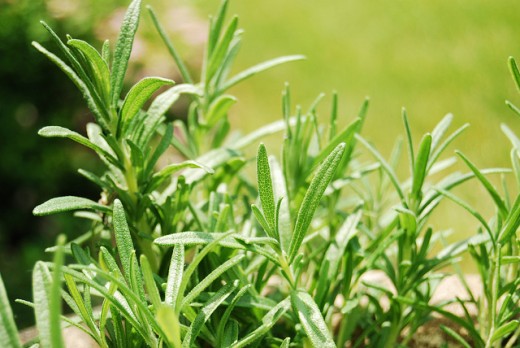
Rosemary (Rosmarinus officinalis)
Rosemary is a commonly used herb in cooking and pairs very well with lamb and chicken. When used medicinally it is mainly for this woody herbs stimulating and pain relieving properties. Rosemary also has useful antiseptic, diuretic and antidepressant benefits.
The therapeutic use of rosemary should be avoided during pregnancy.
Infusion - many people find the flavour of rosemary infusion unpleasant. Diluting it with more water or mixing with other herbs can help to rectify this. Drink 1 cup to improve digestion and ease headaches.
The infusion can also be used as a final rinse during hair washing to help relieve dandruff symptoms.
Inhalation - add a drop or two of essential oil to a tissue and inhale or keep nearby to aid concentration.
Massage oil - add 5 drops of essential oil to 15ml(1 tbsp) of almond oil and use to massage aching joints and muscles.
© 2016 Claire

